Goba
The forgotten soldiers enigma
They tell us about a cross monument at one of the highest points in Goba, a tribute to the heroes of the motherland. We are told that nearby there are some tombs of forgotten soldiers made of stones extracted from the great rock on which Goba was built. But nobody says more than that, nobody (it seems) knows more than that. And the mystery grows. Who were those soldiers? What battle did their heroicity spring from? Where do they come from? Why were they forgotten? These are unanswered questions that add to the mystery, that bother, provoke and put us in search of answers.
The road to Goba, a town in the Namaacha district, spirals. The green mountains rise beyond the 2,740 meters in altitude and suggest a redefinition of the abyss.
These days, when the pandemic put the world on hold and imposed the silence forged in distancing, Goba seems like a forgotten destination, like the soldiers we are looking for.
The rain of the previous days still runs over the rocks, making room for a kind of waterfall along the trail. Refreshing is the verb, our memory so tells us.
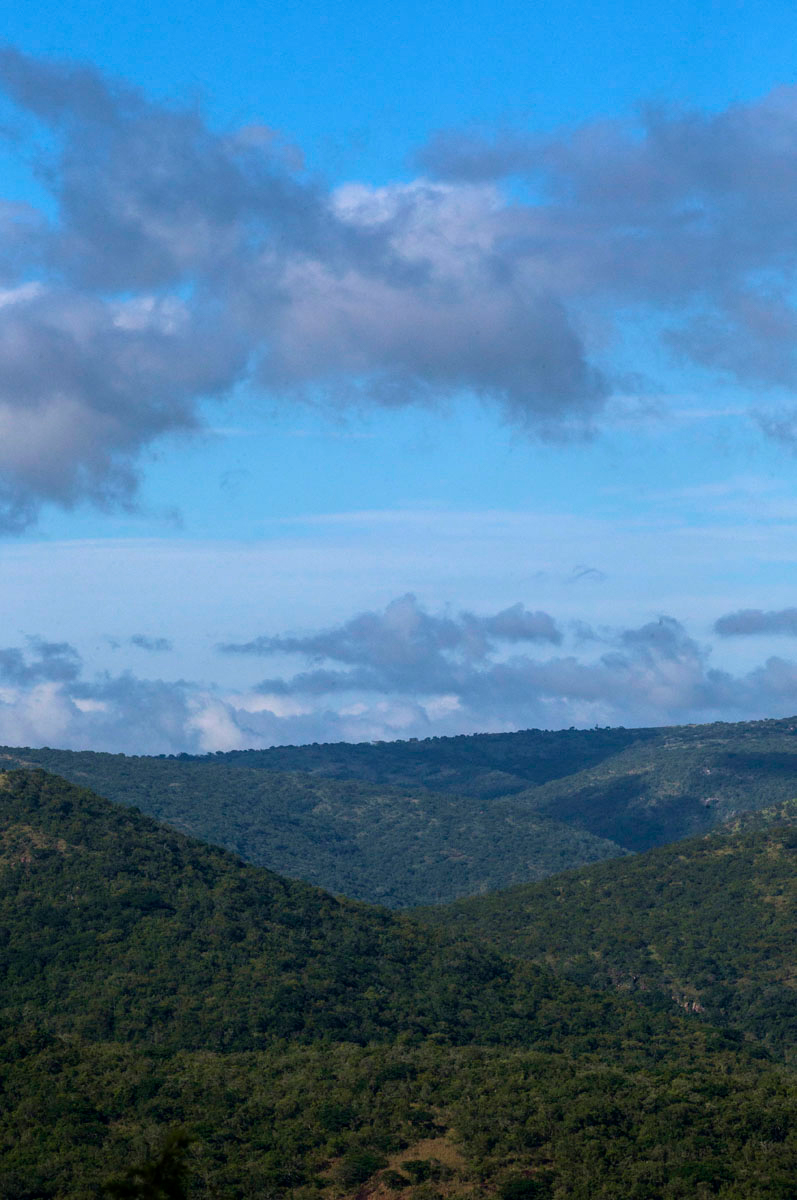
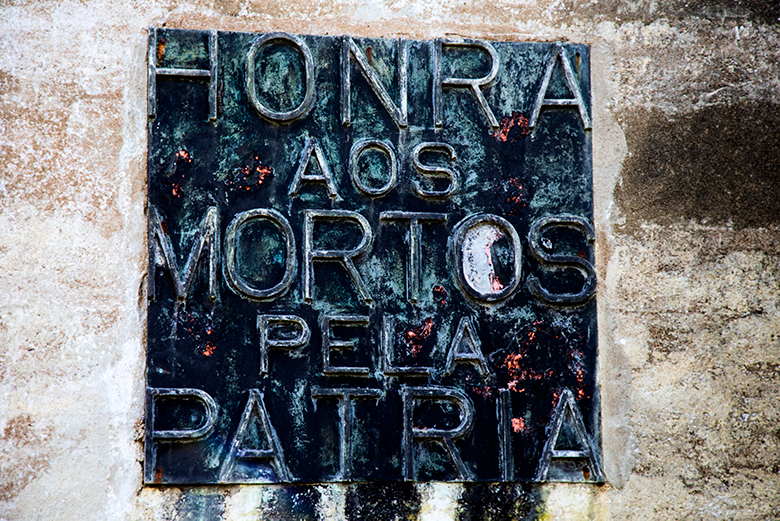
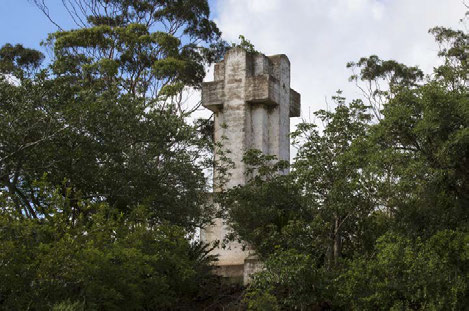
The border with the kingdom of Eswatini is closed, the establishments that made waiting for the crossing less tedious are also closed. The chirping of birds, which are heard there like emperors, lend life to the place, as cliché as it may sound.
And suddenly an old woman shows up outside her yard, with almost silent steps, her back bent to the weight of the 70 years she seems to have or from the work in the small garden that can be seen at the back of the house. We asked her about the tombs of the forgotten soldiers and she told us that she didn’t know them. But she immediately called her husband, who might know. He, who seemed a little older, slight, but still maintaining a military stance, points the way. All we see is bush. We will have to get into the wild. We set ourselves in the direction he pointed. But in the natural hesitation of those who move on unknown terrain, we asked a group of teenagers halfway again.
“It isn’t there. It is there!,” says the most daring, pointing in the opposite direction to that which the elder had indicated. We are lost between the experience of seniority and the irreverence of adolescence. But the boys insist, now in chorus, with certainty. We then take one of them with us and carry on.
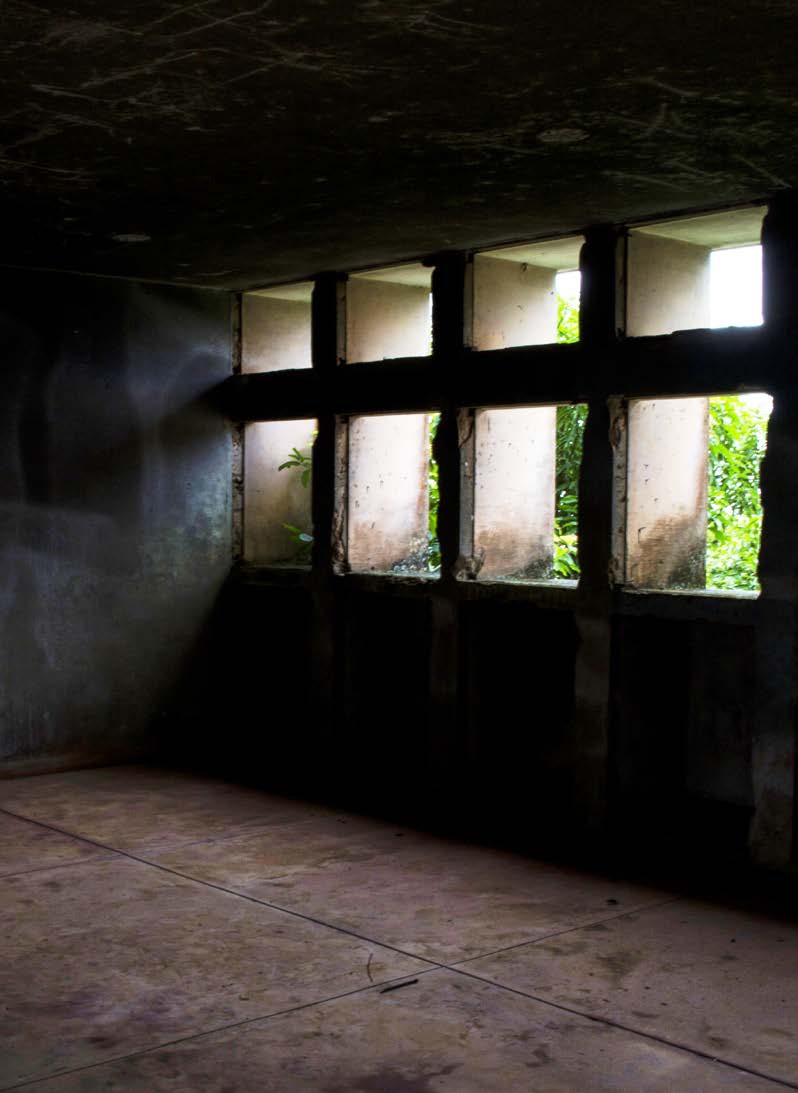
The border guard of the neighbouring country is always on the alert, ready to fire if someone tries to cross, one of the guides tells us.
Before we start the walk, the young man asks: “Have you talked to the offciers of the border guard yet?” It was shortly after 9 am, but they were still resting from the night before, treading the entire line that draws the line between Mozambique and Eswatini. And after presenting our credentials, we started the trip to the monument guided by the guards who were appointed to accompany us.
We entered the vegetation that we saw in the distance and walked along the border line with former Swaziland. In the middle, a figure crosses our path. “It’s an impala,” the guides tell us.
The border guard of the neighbouring country is always on the alert, ready to fire if someone tries to cross, Jordão Pechisso, one of the guides, tells us. Then we realized why we have to follow the path accompanied and why the boy refused to take us. “They may think that you want to cross the border illegally,” Pechisso explains.
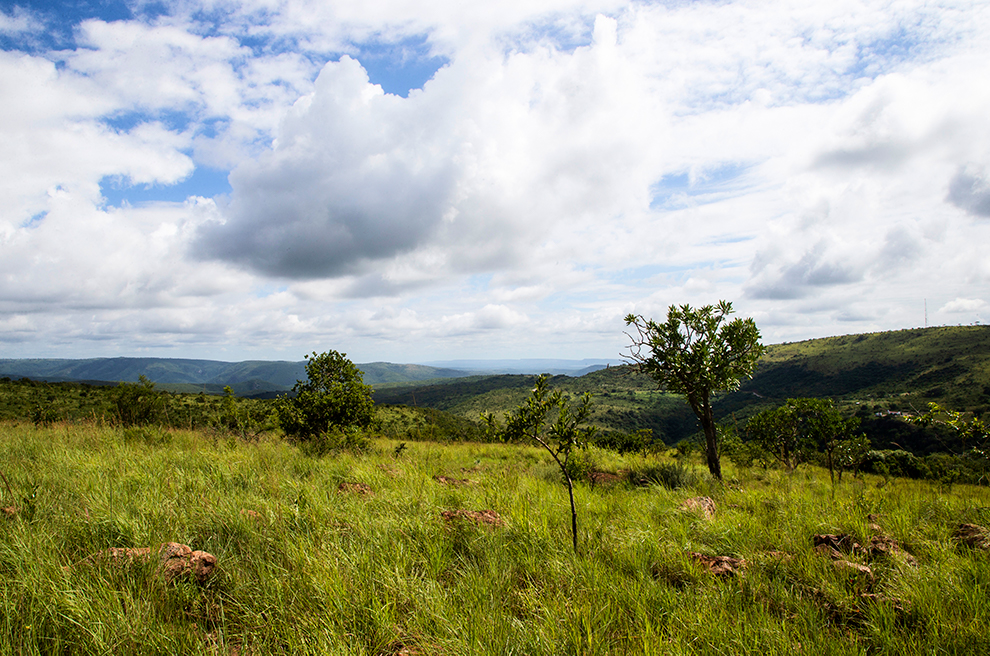
And we are already at the monument. A cross that can be seen from all sides. “Homage to the heroes of the motherland” – is all that can be read. It isn’t dated. “Who are the heroes? What country honoured their heroism?” – the questions are repeated, without answers. A few metres away, the cemetery. The soldiers are there, individually unnamed, collectively veiled in stone tombs under the title of “forgotten soldiers”. Who are they anyway? They may be warriors of Ngungunhane, the last emperor of Gaza, who died in the resistance struggle, as Pechisso tries to suggest. But they can also be Portuguese soldiers killed in the First World War and in memory of whom the monument was erected, as evidenced by the small amount of literature on the subject. We left that space with more questions than answers.
The rain of the previous days still runs over the rocks, making room for a kind of waterfall along the trail. Refreshing is the verb, our memory tells us.
▶ How to go
From Maputo, pass Matola in the direction of Namaacha and then follow the signs towards Goba. It is about a two-hour trip. You can also choose the railroad from the CFM Central Station, a more time-consuming journey that may in itself prove to be an adventure.
▶ Where to sleep
The trip to Goba can be done in just one day. If you prefer to stay overnight, in Goba, there is Quinta do Leitão or you can go to Namaacha and stay at Hotel Xissaca.
▶ Where to eat
Our suggestion is to prepare a picnic to eat outdoors, next to the monument. It is part of the experience!
▶ What to do
The trip to Goba is in itself the main attraction. Climbing the hills is a breathtaking adventure. You can also try to visit some mineral water extraction factories or banana plantations.
▶ What To Watch Out For
Hat, sunscreen and water must be part of the kit to climb the mountain. Cool clothes and sneakers can help. Pay attention to the rough terrain.
Issue 66 Mar/Apr | Download
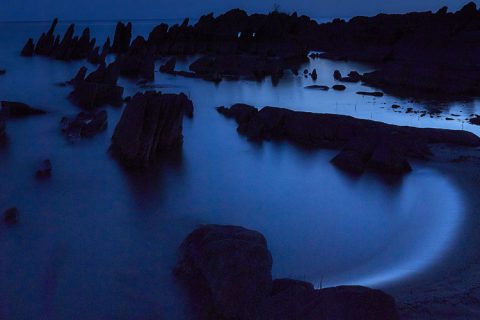
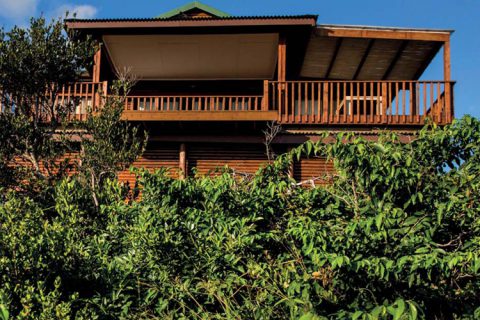



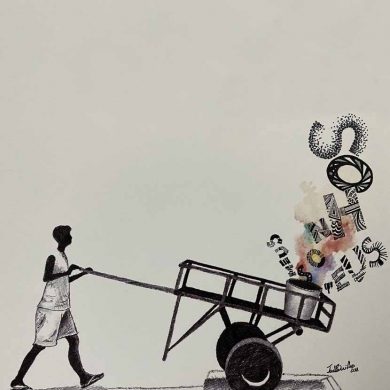
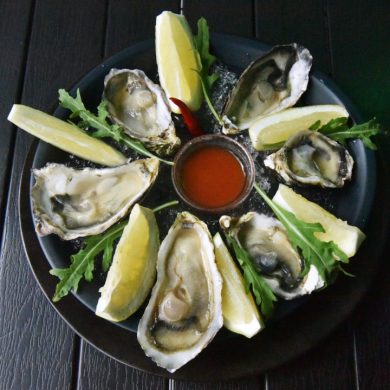
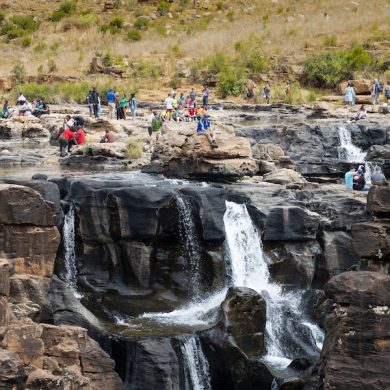

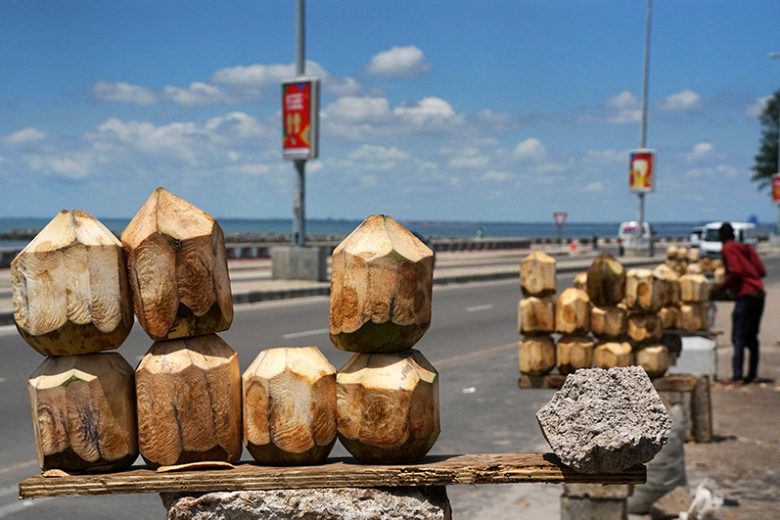













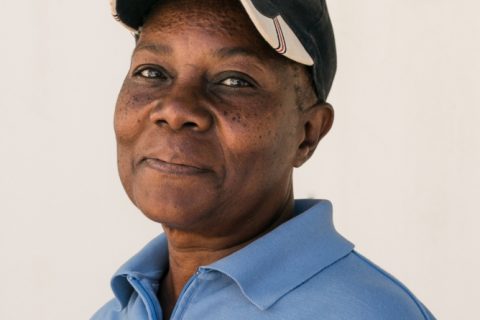
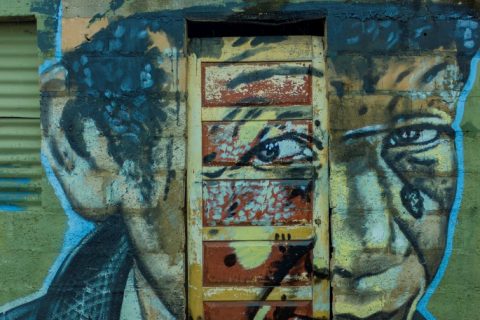


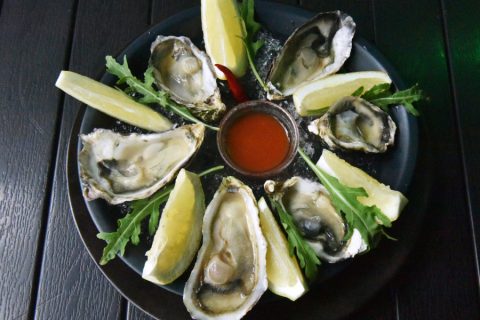
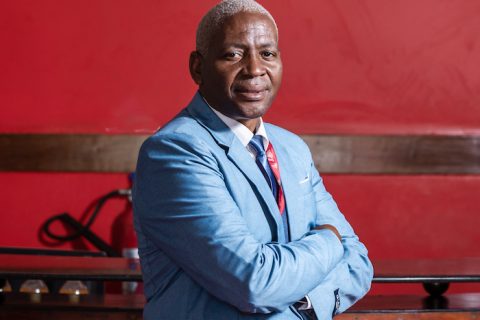

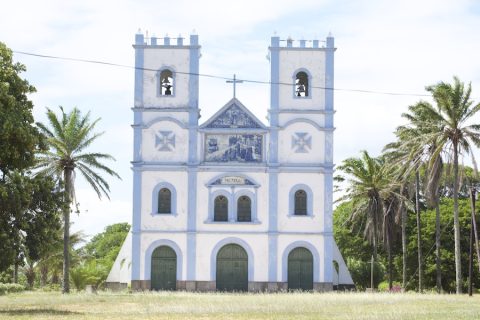
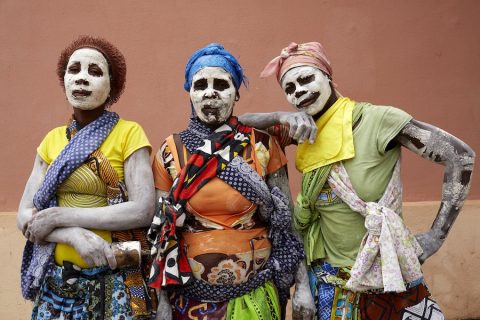



0 Comments